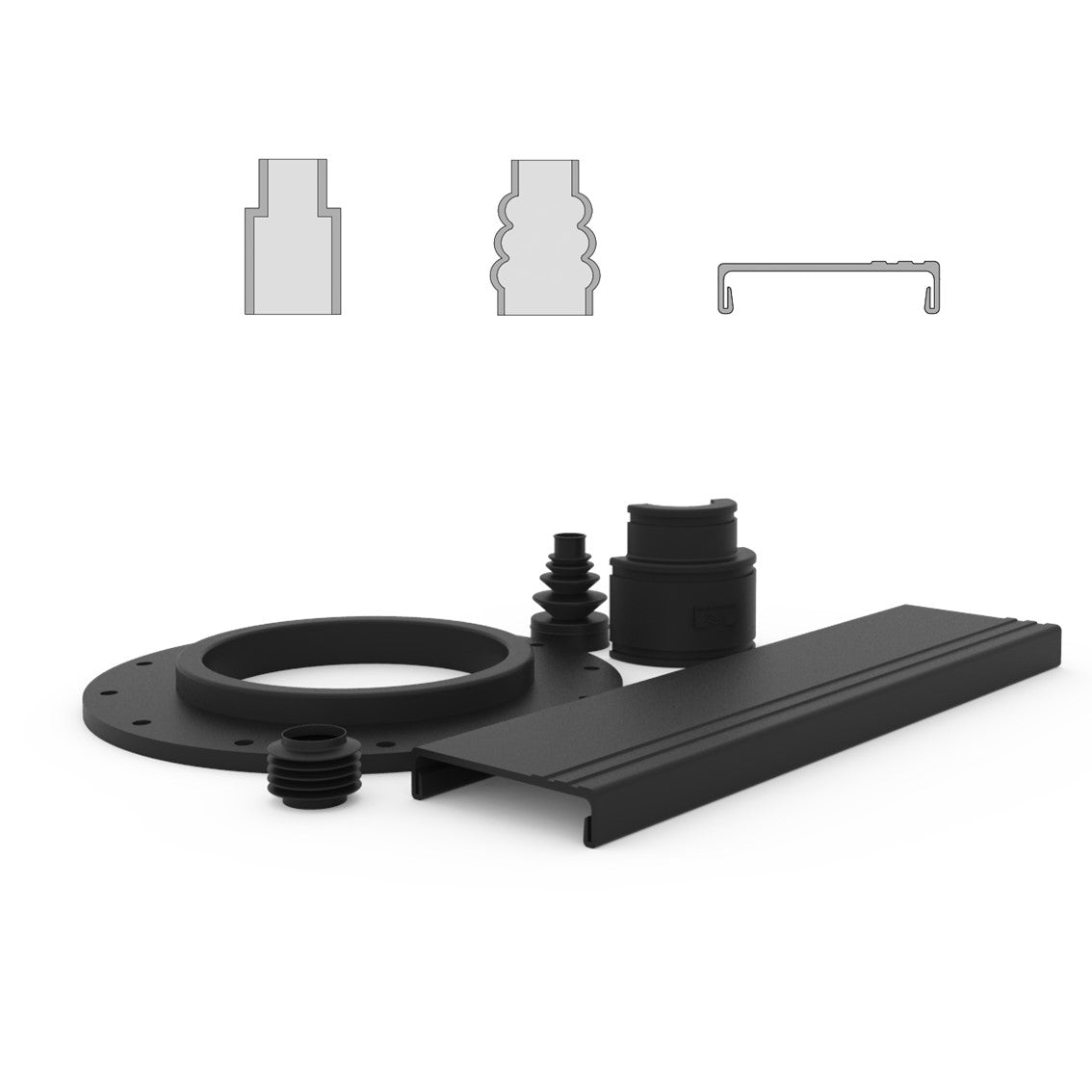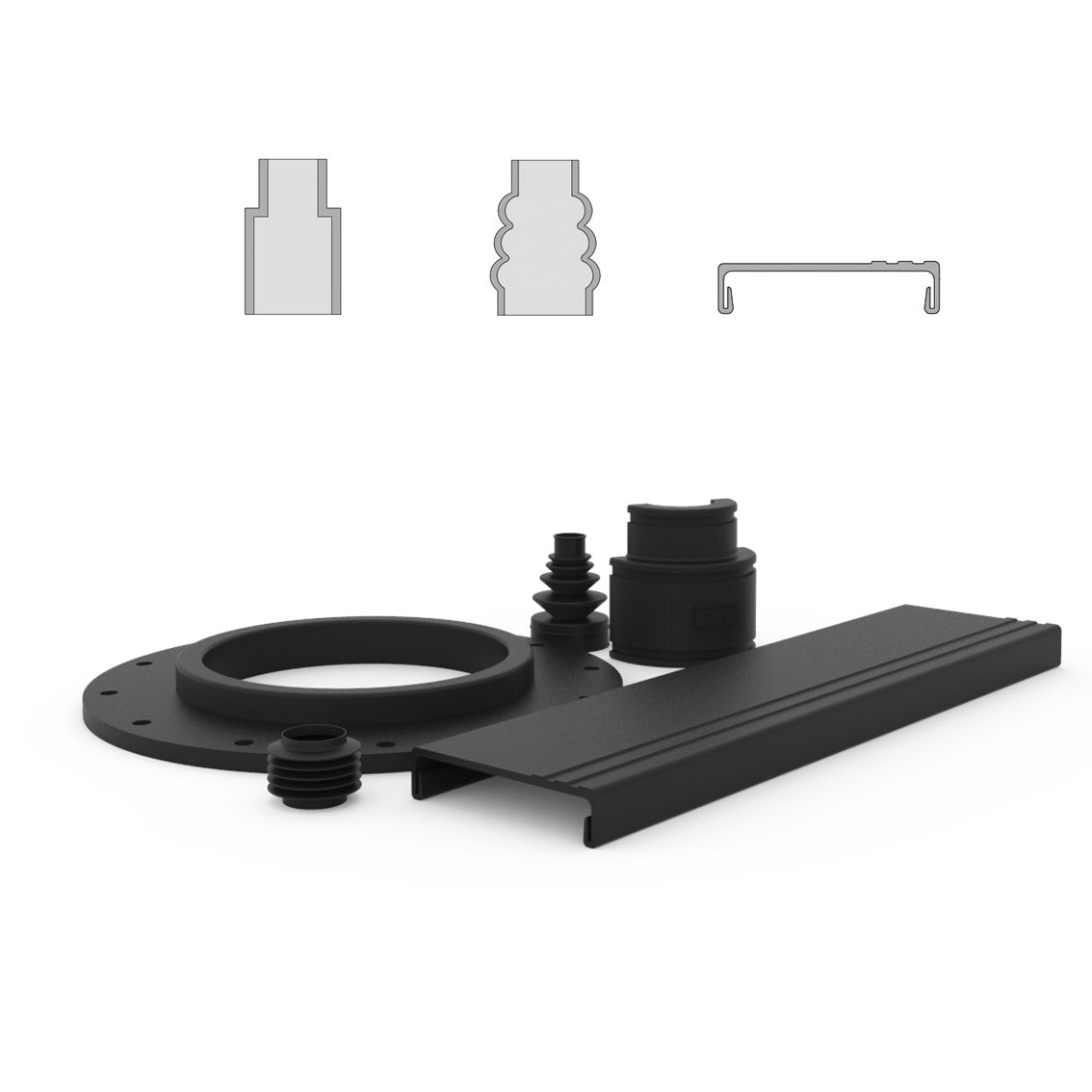Rubber mouldings — range and materials
Rubber mouldings are used across industrial and marine applications for sealing, vibration isolation, and protective edging. RuplaTec supplies a range of rubber mouldings produced from commonly used elastomeric compounds selected for chemical and environmental compatibility in application-specific contexts. Standard profiles, extruded sections and closed-cell or sponge forms are typical formats; dimensions, cross-sections and material grades can be described during specification. For a full overview of available profile types and standard sizes see the Rubber mouldings collection.
Custom rubber mouldings and bespoke rubber moulding options
Where standard profiles are unsuitable, custom rubber mouldings or bespoke rubber moulding solutions can be developed by specifying compound, hardness range, tolerance band and surface finish. Tooling, prototyping and sample runs may be arranged on request and technical data such as material certificates or test reports can often be supplied to support procurement and qualification activities. Where specialist advice is required, contact the technical team to discuss drawing formats, minimum order considerations and potential manufacturing approaches. For enquiries about made-to-measure options or to review available profile designs, refer to the Custom rubber mouldings section of the product catalogue.


